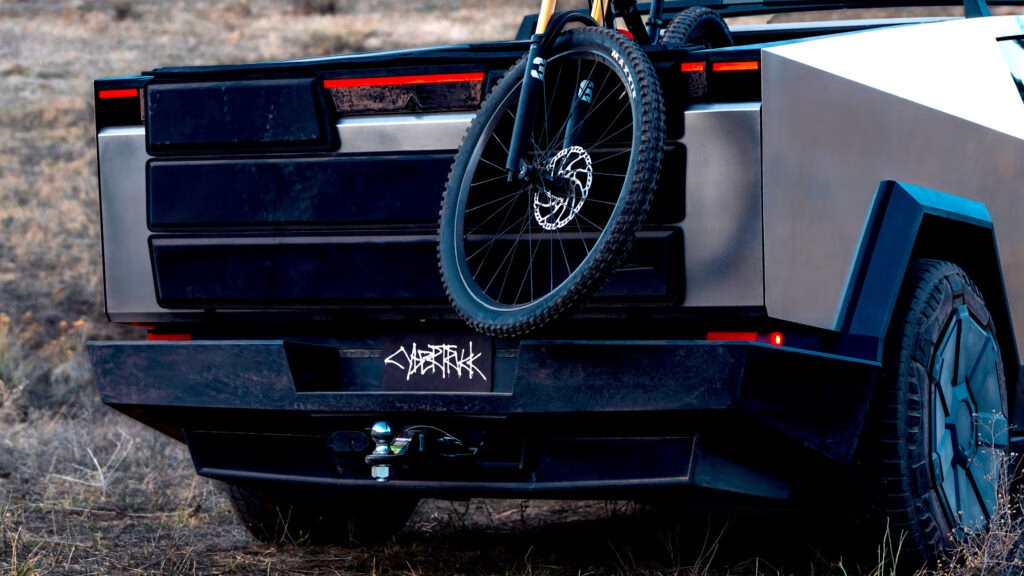A recent incident involving a Tesla Cybertruck has reignited discussions about the limitations of the company’s Full Self-Driving (FSD) technology. While many enthusiasts are eager to showcase the capabilities of their vehicles, this particular event serves as a stark reminder that “full self-driving” doesn’t equate to fully autonomous driving.
What Happened with the Cybertruck?
In a rather unfortunate turn of events, a Cybertruck owner shared a video on social media showing their vehicle crashing into a parked car while demonstrating FSD to a friend. The truck was attempting to park but miscalculated the turn, resulting in a collision with a coworker’s sedan. The damage appeared to be mostly cosmetic, affecting the bumper and front fender, but it left the owner understandably frustrated.
This incident highlights a critical point: despite the advanced technology, drivers must remain vigilant and ready to take control at any moment. The Cybertruck’s attempt to park was less than graceful, pulling in at an awkward angle that could have been avoided with a more attentive driver.
Understanding the Limitations of FSD
Tesla has made it clear that their FSD system is designed for use by a fully attentive driver. The company even rebranded the feature to “Full Self-Driving (Supervised)” to emphasize that it does not make the vehicle fully autonomous. This is an important distinction that many users might overlook, especially when they’re excited to showcase the technology to friends or family.
The driver in this incident admitted to being caught off guard, stating, “I was showing FSD to a friend, going around the block… my fault… I know.” This acknowledgment is crucial, as it underscores the need for drivers to remain engaged, even when using advanced driving aids. The technology is still a work in progress, and users should be prepared to intervene when necessary.
Public Perception and Responsibility
The fallout from this incident has sparked a wave of commentary online, with many users criticizing the driver for not taking action to prevent the crash. It’s a valid point; however, it also reflects a broader issue regarding public perception of Tesla’s FSD capabilities. As more people become aware of the technology, the expectations can sometimes exceed the reality.
Tesla owners have faced their fair share of scrutiny, not just for the technology but also for the social stigma that can accompany driving a Tesla. Reports of vandalism and negative gestures directed at Tesla vehicles add another layer of complexity to the ownership experience. It’s a tough spot for drivers who are enthusiastic about their cars but find themselves in the crosshairs of public opinion.
Addressing the Bugs
Despite the mishap, the Cybertruck owner expressed their love for the vehicle and acknowledged that there are “bugs that NEED to be addressed.” This sentiment is echoed by many Tesla enthusiasts who recognize that while the technology is groundbreaking, it’s not without its flaws. Continuous updates and improvements are essential to enhance the driving experience and ensure safety.
The Future of Autonomous Driving
As we look ahead, it’s clear that the journey toward fully autonomous vehicles is still ongoing. Each incident like this serves as a learning opportunity for both manufacturers and drivers. Tesla’s commitment to refining their technology is commendable, but it also highlights the importance of responsible usage and realistic expectations.
The big takeaway? Full self-driving isn’t about perfection—it’s about smarter adjustments. Start with one change this week, whether it’s staying more alert while using FSD or sharing your experiences with others to raise awareness. You’ll likely spot the difference by month’s end.

